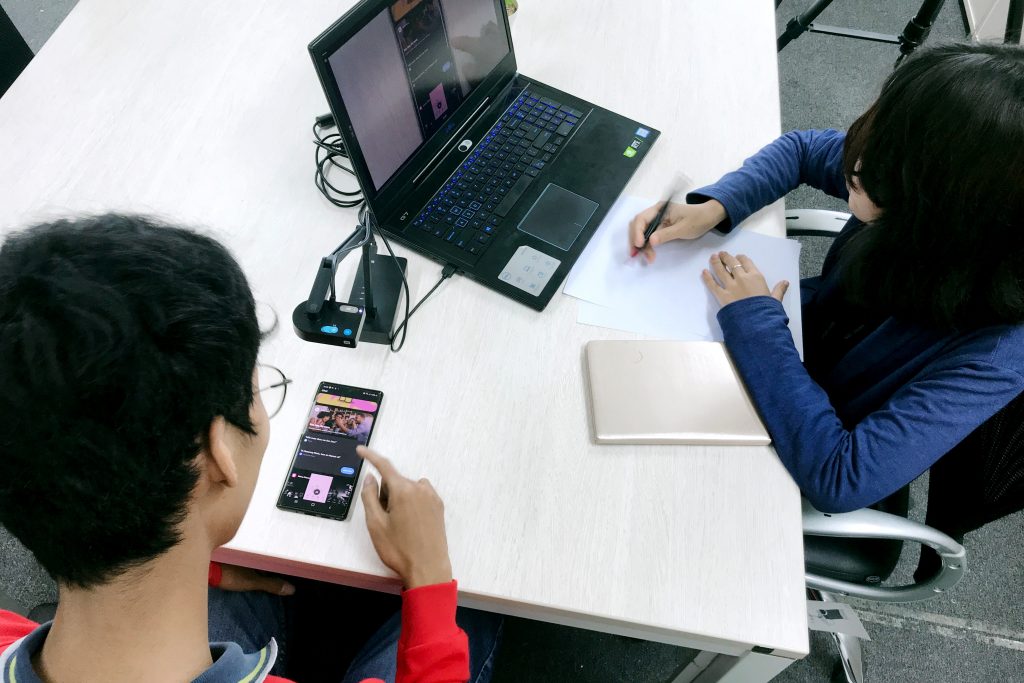When it comes to designing a website, it is important that everyone can enjoy its content. Accessibility refers to the design of products and services for people who experience disabilities. In the case of web development, disabilities refer to any hindrance or limitation one might have in navigating and experiencing a web application. There are many tools that aid in creating a positive experience for all website users. Common devices like laptops and smartphones have accessibility options built into their software. These options help people with disabilities and include options such as web content read aloud to the user, customizable colors of text, and speech to text interactions. So, what other elements can be included on a website to create a great website experience for everyone? There are many avenues a developer can take to make a widely accessible website. Three areas that can easily be made accessible are the written content, development, and website design.
In writing, it is important to have page titles that are unique and informative to the content that is present. Make sure each page is consistent and has headings that convey the meaning and structure of text present on the webpage. Each interactive element on a website should have descriptive labels or icons that are meaningful and representative. For example, add titles to hyperlinks that indicate the anticipated content of each webpage. Most importantly, written content, especially instructions, should be written with clear and concise language. Follow these same rules when it comes to development. Code should be clean and descriptive, only including elements that are featured on the website and documentation that explains, organizes, and labels blocks of code.
In designing websites, there are many design considerations that can be taken to make user interface design more available to people with disabilities. Colors should be used to convey meaning, rather than distracting the user from the website’s content. Links should be styled so that they pop from the text they are wrapped in. Negative feedback like an incorrect password entry should be presented to the user with a message styled with a deep red font color. Given there is a possibility that a user is colorblind, be sure to provide universal icons alongside important messages such as this and use a sufficient contrast between the background and foreground of a website’s design. Use even and proper spacing to highlight relationships and structures and group related content. It is also important to consider different viewports such as browser windows and smartphones and create fitting designs for each size to best use window space. If there are videos posted on your website, it is important to include the option of closed captioning, a link for a transcript, and other graphical or descriptive elements.

These are just a few steps you can take to ensure accessibility on your websites. As a result, your web content will appeal to a greater range of audiences. For more information on accessibility, visit the World Wide Web Consortium’s Accessibility Fundamentals Overview. Happy developing!
